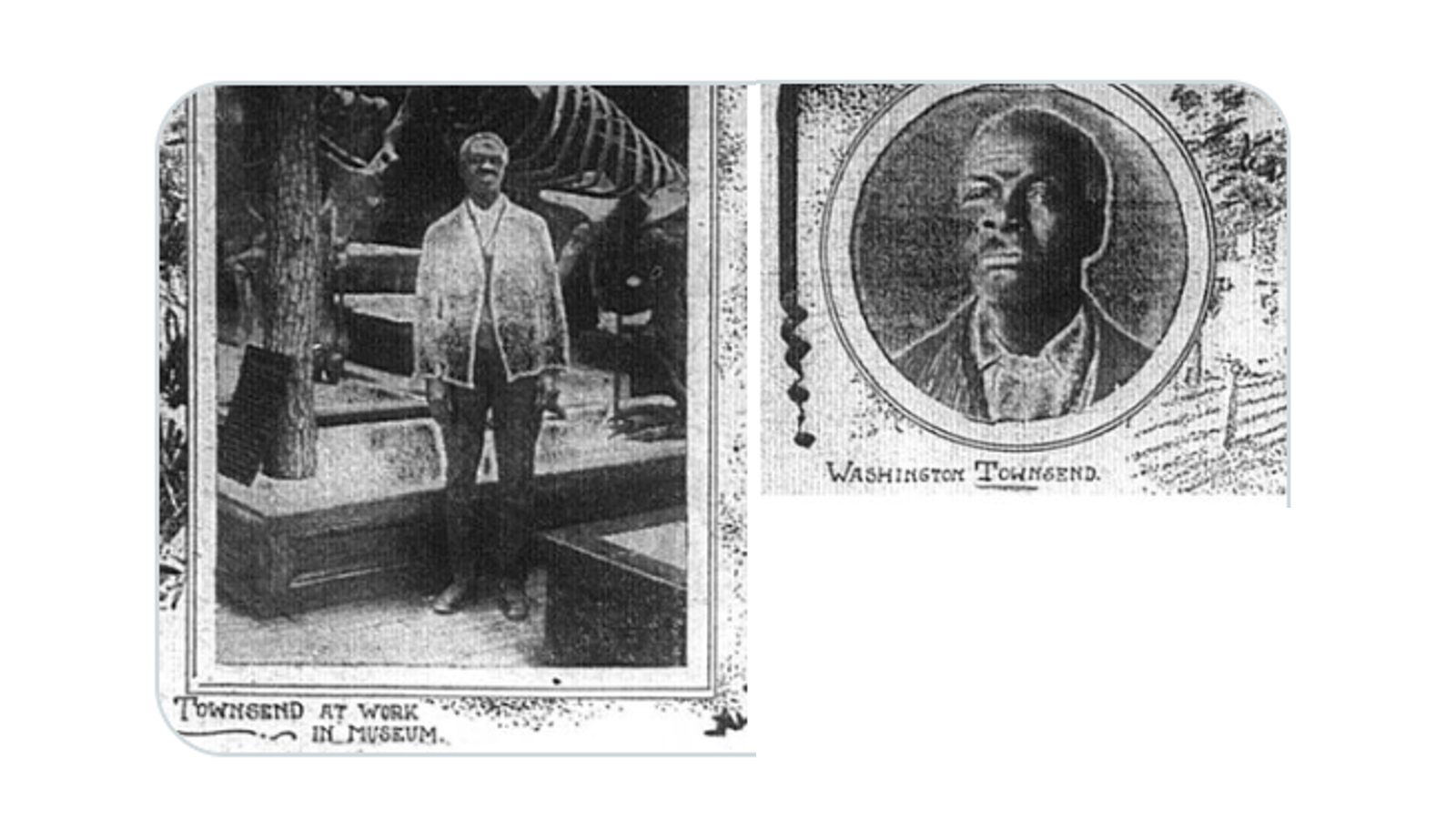Washington Townsend was one of the most remarkable early figures in the early history of The Ohio State University. Born into slavery on The Hermitage, a property in Nashville, Tennessee, owned by Andrew Jackson, in 1833, he escaped through the Underground Railroad, and made his way to Ohio, a free state, in 1860. Prior to the Civil War, the Underground Railroad, which helped ensure safe passage for those daring enough to make the journey to Northern states or Canada, passed through the Neil Family Farm, which was later to become the campus of Ohio State.
Washington Townsend was the first person of color on The Ohio State University's payroll. Records indicate that Edward Orton, OSU's first President, hired Townsend as a janitor by 1885. However, Edward Orton Jr.'s 1904 epitaph to Townsend states that he was "30 years with the Ohio State University," indicating that he was seemingly working at the University by 1874. Upon completion of Orton Hall in August 1893, Townsend became the first custodian for the building, which housed the Orton Geological Museum, and the University Library.
By all accounts, Washington Townsend was well liked by Ohio State's students, staff, and faculty. It has been said that he helped make the University a pleasant, welcoming place to work and study. He was particularly close to the Orton family, and upon his retirement, Edward Orton Jr. established a pension fund for him. Upon his death in 1904, Orton Jr. arranged a plot and headstone in Green Lawn Cemetery, Columbus. Edward Orton Jr. composed the inscription on Townsend's headstone.
More about Washington Townsend and his impact at The Ohio State University, is available in Ohio State's Archives.

